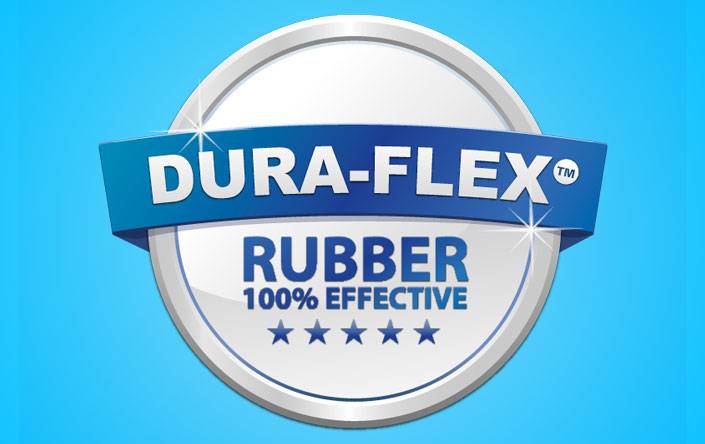Do you offer your consumers a satisfaction guarantee?
Guarantees are an excellent way to sell a product or service as they:
- Reverse obvious or apparent risks about purchasing your product or service
- Place the responsibility in the hands of the seller and not on the consumer
- Promote trust that you will be able to deliver what you are offering
- Showcase that your are confident in your abilities, products and services that you offer
- Help you to offer a better quality or level of service to your consumers
In order to ensure that your guarantee is given the selling power it deserves, there are four core principles that must be observed. These principles will help you to create a guarantee that not only builds trust but also helps you to build sales.
The Four Principles of Creating a Powerful Guarantee
1. Length
This covers the length of the guarantee. The shortest time frame you should offer is around 10 days however, it is often typical to offer a guarantee for around 30 or 60 days.
Depending on your product you may also be able to offer a lifetime guarantee or a guarantee that last a few years.
The time period of your guarantee is in direct relation to the strength of your guarantee. This means that the longer your guarantee lasts for, the more solid and powerful it becomes to the consumer.
This doesn’t mean however, that you should offer a lifetime guarantee on all of your products or services thinking that it will help you to boost sales.
Why?
It is likely that both your products and services will change over time and sometimes it may be difficult to offer consumers the same thing year after year. While most consumers probably wouldn’t to do this, some may use this to their advantage and milk you for every benefit you once promised.
It also means that years after they have made their purchase and happily used your product, they may turn around and ask for a refund.
While there are some products that may warrant a life time guarantee, the best way to craft the perfect length is to think about what time period best suits your product.
For example, say you are selling a tea pot. For the average consumer, after two or so weeks of use they should know whether the pot is performing as expected. Based on this you can then add a little extra time for convenience and create a guarantee of around 20-30 days. This would give them plenty of time to test out the tea pot at home and see if it is to their liking.
2. Conditions
The terms and conditions of your guarantee must be clearly laid out by your company before it is even offered to the consumer. This is so you can accurately and fairly communicate the terms to your customers without any discrepancies.
For example, say you are offering a “6 month 100% satisfaction guarantee”, while this sounds great you may also have to think about some conditions such as:
- The purchase must be made from an accredited outlet
- All parts of the product need to be returned in original packaging and unused
- The deliberate mistreatment of the product or failure to follow given instructions
- The associated costs of restocking or shipping back your product
Placing conditions on your guarantee allow you to protect your business and also limits the number of consumers trying to return your product just because they want their money back.
One thing to be mindful of however, is that if you list copious amounts of conditions on your guarantee this may scare away some consumers. This means that while conditions are necessary for protection you should definitely not go overboard. The trick here is to keep your conditions short, sweet and to the point.
3. Coverage
When crafting your guarantee it is important to think about exactly what you are going to include. Does you guarantee cover shipping and handling or other fees? Does your guarantee cover all parts of your products or just some?
Think about your product or services as a whole and see which parts are necessary to be guaranteed. You can also be creative here and offer a free trial or some incentive to entice your customers.
This may include a free gift or even a trial period where they can test out your product or service for free. This helps to reduce a lot of the associated risk for the consumer when it comes to taking action on purchasing your product.
You can also offer a price match guarantee or even a guarantee based around the service that you offer. For example, the moving company U-Haul offers a guarantee that all your possessions will be packed properly and securely and any left over packing material that you don’t use can be returned for a full refund.
Other guarantees that you could offer could include:
- A guarantee on the quality of your product or services
- A guarantee that your product won’t have specific problems
- A guarantee that your product or service will deliver certain results or last for a certain period of time
Your guarantee should really aim to reduce all the main risks associated with purchasing your product or service by covering the important or main factors associated with the purchase.
4. Activation
This includes when you guarantee begins and what your consumers need to do in order to collect their guarantee.
When it comes to products, the guarantee usually will begin after purchase however, with services the answer may be more complicated.
If you are offering a service of some kind such as a seminar, think about the time frame that your guarantee may be most beneficial. It may not be worth it to offer a refund after the first hour of the seminar but perhaps after the first day or even second day you may think about offering some sort of money back option.
Another important step with crafting your guarantee is thinking about how your consumers can go about receiving it. For example, most retail stores require consumers to bring their receipt and tags to prove that they purchased the product.
If you do require consumers to take certain steps to return or claim the guarantee, be sure that you clearly list them either on your receipt or on your website so consumers know exactly what is expected of them.
Summary
When it comes to crafting a guarantee that helps you to sell your product or service the key is to really focus on being transparent, to the point and also fair to both the consumer and your brand.
Often taking out a certain element of risk can be the main factor in helping consumers to feel comfortable with purchasing your product or service.
Offering a guarantee can also help you to build a trusting relationship with consumers and can help you to protect your brand.
To recap-
- Come up with the strongest guarantee that your brand can afford to offer
- Make your guarantee stand out as proof that you are confident in what you are offering
- Be creative with your guarantee and find ways to use it to drive sales and decrease resistance
- Stand behind your promises
Is your customer satisfaction guarantee crafted to sell?




Hey!
It looks like you're browsing in . Would you like to switch over to the website?